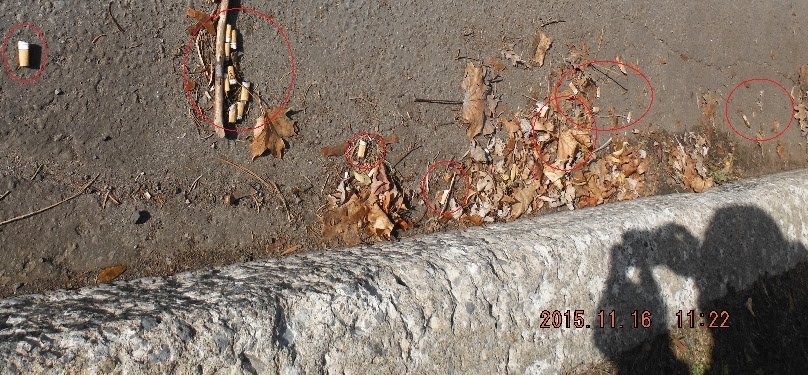Russ Finch northwestern Nebraska in the town of Alliance Grow Citrus in winter?
(+note to self:spell check randomly turns off/on.)To heat a home in winter people historically used fossil oil and fossil gas.
Air heat pump
Today we have heat pumps.
 | |
| AIR:Removing the heat from outside air in winter, in summer putting heat into outside air. |
The standard heat pump,
 |
| Efficiency chart versus outside air temp of air heat pump. |
AvE talks about the Earths heat (click here for YouTube video)
The Future of Heat Pumps is Underground (and other places, too!)
Earth heat pump vertical and liquid transfer medium
You have to find out the rules/laws on digging on your property. How far can you did in depth? and work around them if necessary by going for a horizontal heat extraction system if the cost or laws prohibit vertical.
If I were a home owner (and had the money) I would use geothermal energy. My understanding of it, is that it's a heat pump that uses the earths heat instead of the airs heat. The earth is always warm below four feet down. The furthest frost can travel downwards in a cold winter is about four feet.
To make a geothermal or earth heat pump, you would have to drill a hole in the ground and add a closed system of pipes. To extract the heat out of the groundwater or ground , instead of the air, as today 22 January 2019 its been minus 20 Celsius outside for days.
How much cold/heat can you take out of the ground in your location? For summer how much heat can you dump into the ground? VS how much cold of 10-15 Celsius in the earth can you suck out?
The amount also depends on the size of the area in question.
How much money does it cost to drill a vertical hole ( presuming your city allows it)? Can you get the mineral rites? How deep the hole to cost ratio.
"The cost per foot varies from as low as $36 per foot to $55 for
standard 6″ casing. Most well drillers also have a minimum charge,
usually around 100ft minimum which at $45 per foot would be $4500."
How much do you pay to heat a month to a year? In summer you pay to cool.
The system pumps a liquid through a coil or series of pipes that are embedded in the earth and takes the (unlimited-infinite) heat out of the earth.
.
 |
| After your vertical borehole, you can test the thermal capabilities before you do additional work in your house/building |
.
Up far north there is permafrost, the earth is always frozen, but that line is moving north now with global warming.
 |
| Permafrost map. Can Geothermal be used past this Northern limit? |
Anyways, as I understand it, you own the dirt your home sits on, so you can dig into it and extract heat out of it.
All you need after the underground absorber-radiator is built, is the necessary amount of electricity to run the compressors and computer of the heat pump.
On your roof, you can heat water by pumping water through black panels, or/and you can make electricity,
If the electricity collected from your solar panels would match the heat pumps electricity requirement, then you would be sitting pretty.
Horizontal Geothermal
Depending on where you live,
how cold your average winter gets, determines how deep you have to dig.
If American, you have a mild winter and don't have to dig deep. In summer, you use the earth to get rid of heat, instead of air, to get rid of heat from your Air-conditioner. If the air is already super hot, say 100F/35C, it is hard to put more heat into it.
side to side heat pump
Alternatively, if your land is soft, you can rent a backhoe for a week.
 |
| https://www.youtube.com/watch?v=RDKK1AtleQ8 |
(American funds)"Renting a backhoe for do-it-yourself use typically costs $200-$350 or more a day or $500-$1,500 or more for a week."
With the backhoe dig down below the frost-line( say six feet) in a "S" to an "O" formation on your land . Then make a space and place your sealed-plumbed tubes at the six foot depth level, then put the earth back on top.
"Is a Geothermal Heat Pump Worth It? Undecided with Matt Ferrell" LINK
You could put a circular pipe and use a liquid transfer medium. Black ABS or the white pipe.
______________
Solar
You would need to install the
panels and need an inverter for 120VAC devices ( converts DC battery
power to AC power), otherwise you can purchase DC devices. For the
summer a fridge
Hydro-Québec estimates the 20 solar panels would produce 6,500 to 7,000 kilowatt hours per year. (corrected from wrong estimate)
+
Tesla Powerwall (battery to store power) has two models , a 6.4 kWh and a 13.5 kWh
October 12, 2018 Tesla Hikes Powerwall Prices
________________
No we have installation costs and inverter and structure support. In Canada the price varies from $3.00 to $7.00 a watt.
You have to decide if you will use standard 120 volt AC devices with an
inverter, or will you get devices that can run directly off the battery
bank ( that stores the suns energy), devices that run on 12/24/36 DC
volts.
My TV runs on 12 volts from a 120vAC to 12vDC transformer. I have
powered the TV from 12 volt batteries during power outages. The 12 volts
flows at a relatively high amperage and the (small) batteries did not
last long.
In conclusion the cost to build solar panels or a geothermal
device to heat and power your home has to less than what a service
providers bill will be over your lifetime. You pay $1000.00 a year for
electricity? $10,000 in ten years. Do the simple math.






























































No comments:
Post a Comment